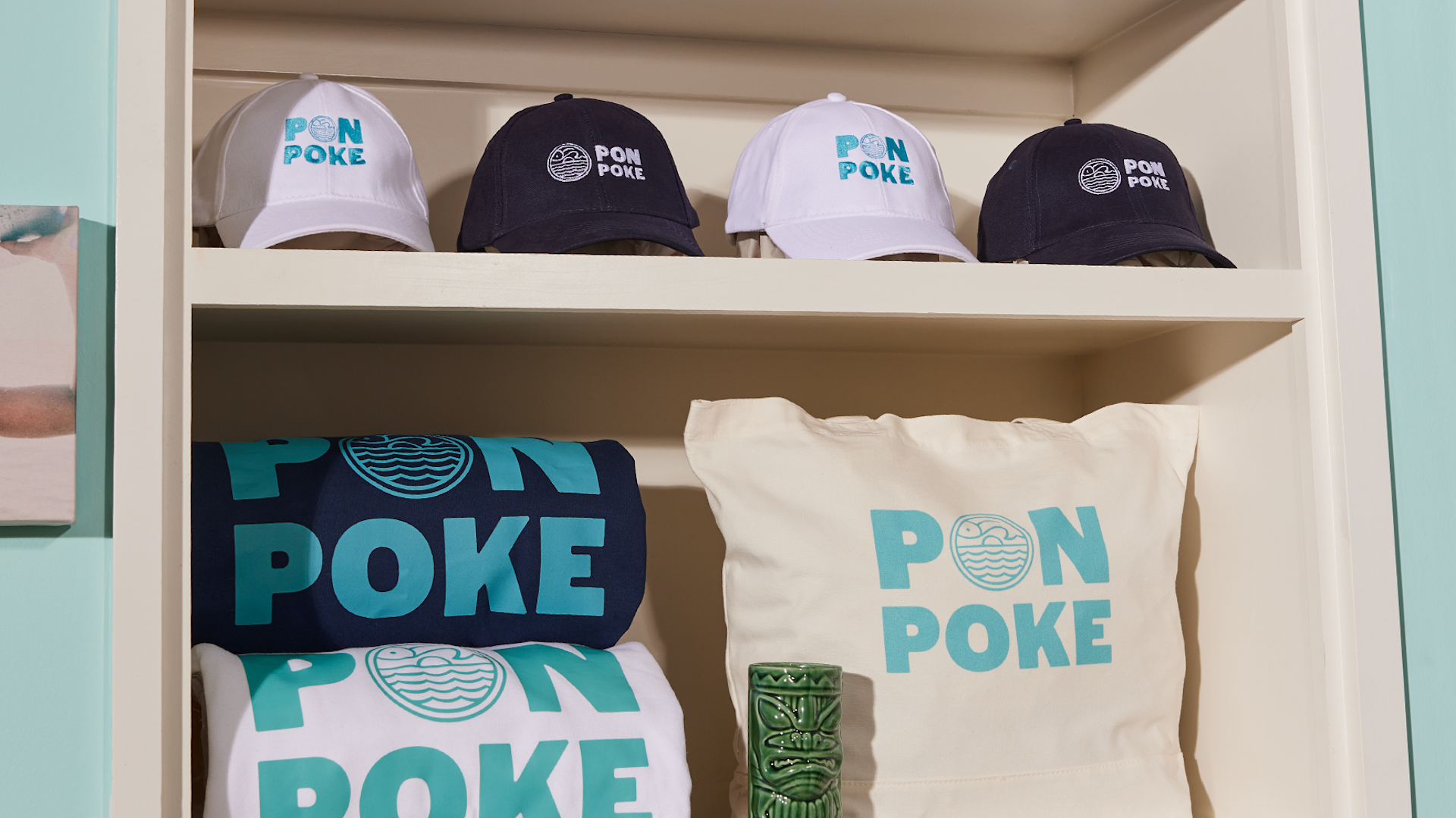Comprehending Clothes: The Relevance of Textile Options in Your Wardrobe
The selection of textile in clothes plays a crucial duty in both looks and functionality. Various materials provide differing degrees of breathability, convenience, and longevity, directly affecting the wearer's experience. Recognizing these nuances can boost one's wardrobe markedly. Yet, numerous forget just how these options can influence not simply personal design, yet additionally sustainability. What material decisions could redefine your closet and straighten it with both design and responsibility?
The Role of Material in vogue and Performance

Common Material Kinds and Their Features
When selecting clothes, recognizing the features of common fabric kinds is necessary for making notified selections. Cotton, a widely-used natural fiber, is known for its breathability, flexibility, and gentleness, making it ideal for casual wear and daily garments. Bed linen, an additional natural choice, flaunts excellent moisture-wicking residential properties and a distinct texture, ideal for warm climates.Wool, usually favored for its warmth and sturdiness, varies in fineness; merino wool is soft against the skin, while coarser types are utilized for outerwear. Synthetic fabrics like polyester and nylon provide longevity and resistance to wrinkles, making them popular for activewear and travel garments. Ultimately, blends, which integrate all-natural and synthetic fibers, can improve performance while preserving convenience. By recognizing these material features, individuals can pick clothes that lines up with their way of living and aesthetic preferences.
Breathability and Convenience: Choosing the Right Fabrics for Different Climates
Choosing the appropriate materials for various climates can significantly enhance convenience and total wearability. Breathable materials are crucial in hot environments, as they permit air circulation and wetness dissipation. Fabrics such as cotton, linen, and moisture-wicking synthetics effectively draw sweat far from the body, keeping the user cool and dry. Conversely, in colder environments, thicker materials like wool or fleece offer insulation while retaining breathability, making sure heat without overheating.Additionally, the selection of fabric weight plays an important role; lightweight textiles are more suitable for summer season, whereas larger choices are fit for winter months wear. Comprehending the special properties of each material allows people to clothe appropriately for varying climate condition. Inevitably, selecting breathable and comfortable textiles customized to details climates can greatly improve everyday comfort and boost the general experience of using clothing.
Toughness and Treatment: Exactly How Material Affects Durability of Your Closet
Choosing the right materials can significantly affect the sturdiness and treatment demands of a wardrobe. Fabrics such as cotton and polyester are understood for their strength and simplicity of maintenance, making them suitable for everyday wear. In comparison, delicate products like silk and lace need even more mindful handling and specialized cleansing methods, which can enhance the time and effort needed for care. Branded Clothing.Durability is likewise influenced by the fabric's weave and coating; firmly woven materials have a tendency to stand up to damage much better than loosely woven alternatives. Additionally, synthetic blends often supply boosted resilience, incorporating the best qualities of multiple fibers.Understanding the care guidelines for each and every material is necessary, as incorrect cleaning or drying can result in premature wear. Inevitably, choosing resilient products can bring about a longer-lasting closet, lowering the regularity of substitutes and adding to a more lasting style selection
The Influence of Textile on Fit and Silhouette

Lasting Textile Options: Making Eco-Friendly Decisions
The effect of textile extends beyond fit and shape to encompass ecological elements, triggering an expanding rate of interest in sustainable fabric choices. Eco-friendly textiles, such as natural cotton, hemp, and Tencel, are acquiring traction amongst consumers who focus on sustainability in their wardrobes. These materials are often produced with less chemicals and water, minimizing their eco-friendly footprint.Additionally, recycled textiles, made from post-consumer waste, supply an innovative service to the fabric sector's air pollution issue. Brands significantly embrace openness in their sourcing approaches, enabling consumers to make enlightened decisions regarding their purchases.Choosing sustainable textiles not only sustains ethical techniques however also encourages the garment industry to adopt even more liable production approaches. As understanding of environmental issues rises, people are prompted to assess the lasting effect of their material options, promoting a motion in the direction of a much more sustainable and eco mindful method to style.
Elevating Design: Just How Fabric Can Change an Outfit
While many may focus on color and cut when choosing an outfit, the selection of fabric plays an important duty in boosting design and boosting total look. Various materials communicate unique moods and messages; as an example, silk shows high-end and elegance, while jeans uses an informal, kicked back vibe. The appearance this website and drape of a material can drastically alter the silhouette, with structured materials providing a refined look and softer ones producing an extra fluid, loosened up aesthetic.Moreover, the weight of the material affects wearability throughout periods. Light-weight materials like linen and cotton are optimal for summertime, while larger products such as wool and velvet give warmth and beauty in chillier months. Recognizing textile properties, such as breathability and stretch, additionally encourages people to make enlightened choices that enhance convenience without endangering design. Inevitably, the ideal fabric can change an attire from ordinary to remarkable, making it an important factor to consider in any type of closet.
Often Asked Inquiries
Just how Do I Identify the Fabric Web Content of My Clothing?
To recognize fabric material, one can analyze treatment labels, conduct melt examinations for fiber identification, or get in touch with textile swatches. These approaches help set apart materials, making sure educated selections for apparel care and upkeep in daily wear.
Can Material Option Affect My State Of Mind or Self-confidence?
Textile option can significantly influence an individual's state of mind and confidence. Branded Clothing. Particular products might stimulate feelings of comfort or sophistication, while others can really feel uncomplimentary home or limiting, eventually influencing self-perception and emotional health throughout the day
What Fabrics Are Ideal for Sensitive Skin?
For individuals with sensitive skin, natural fabrics like cotton, linen, and bamboo are typically suggested. These products are breathable, hypoallergenic, and less most likely to cause irritation, making them suitable choices for convenience and skin health and wellness.
How Do I Properly Wash and Take Care Of Various Fabrics?
To correctly care and click to read more wash for various textiles, one should consider each material's specific needs, including temperature settings, cleaning agents, and drying approaches, guaranteeing long life and keeping the fabric's original top qualities for perfect usage.
Are There Certain Fabrics for Athletic or Performance Put On?
Sports or performance wear usually utilizes fabrics such as nylon, polyester, and spandex. These products are created for moisture-wicking, breathability, and flexibility, enhancing movement and convenience during physical tasks while supplying durability and assistance. Conversely, in chillier climates, thicker fabrics like woollen or fleece provide insulation while preserving breathability, making sure warmth without overheating.Additionally, the option of material weight plays an essential duty; lightweight materials are more suitable for summer season, whereas larger choices are matched for winter wear. In comparison, fragile products like silk and lace call for even more careful handling and specialized cleaning techniques, which can enhance the time and effort needed for care.Durability is also affected by the fabric's weave and surface; tightly woven materials tend to withstand wear and tear far better than freely woven choices. In contrast, stiff materials can restrict activity yet offer a timeless, refined look.Moreover, the thickness and structure of the textile can affect the visual understanding of body form. The influence of material extends past fit and shape to include environmental elements, motivating an expanding interest in lasting textile selections. The appearance and drape of a fabric can considerably alter the shape, with structured materials supplying a refined appearance and softer ones producing an extra fluid, relaxed aesthetic.Moreover, the weight of the fabric influences wearability across periods.
Comments on “Branded Clothing for Travel: Wrinkle-Resistant Fabrics That Perform”